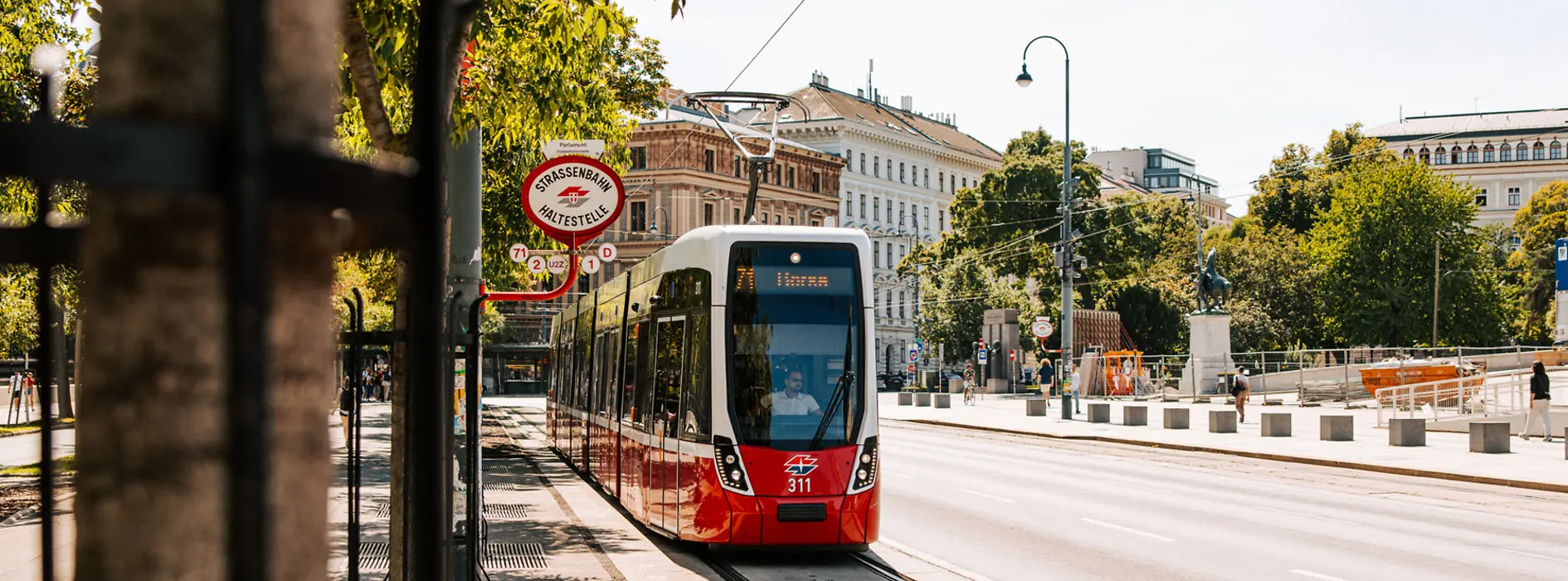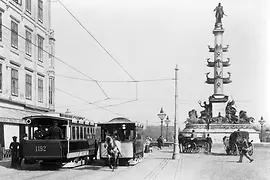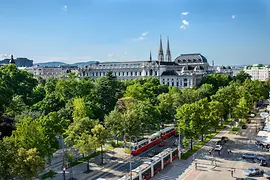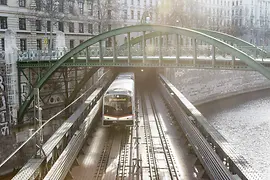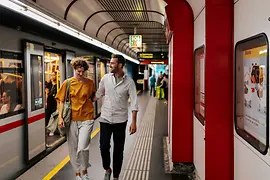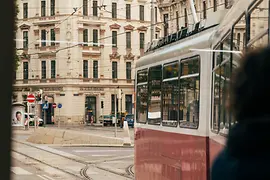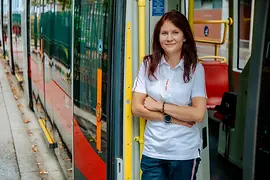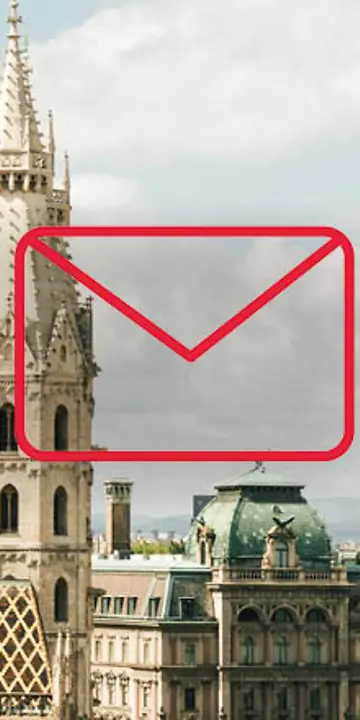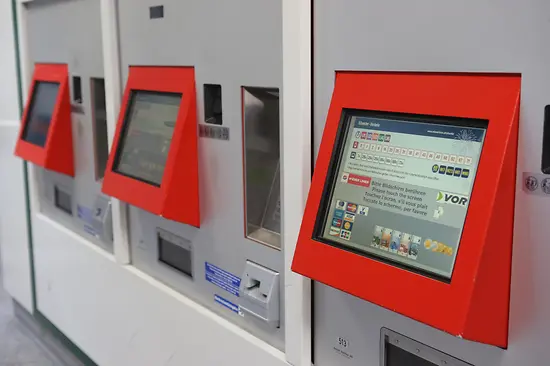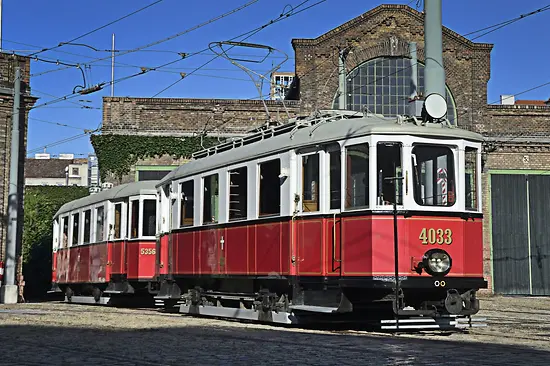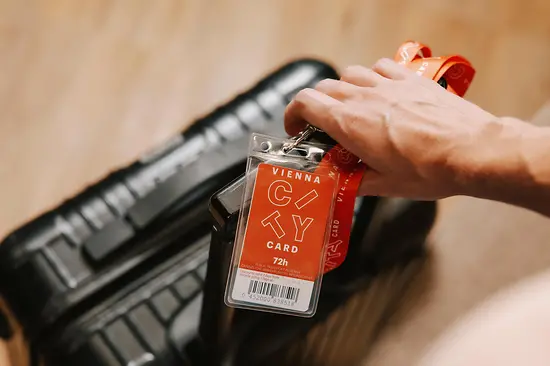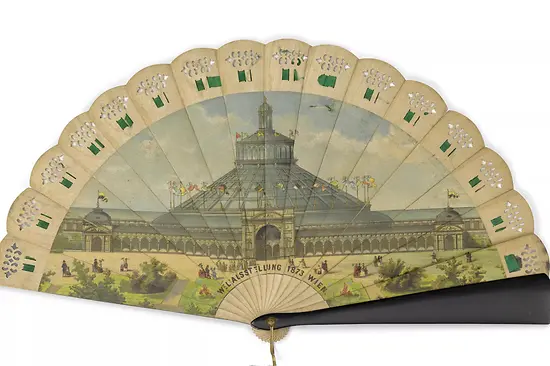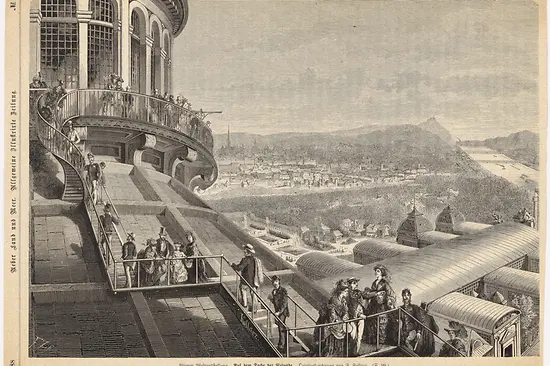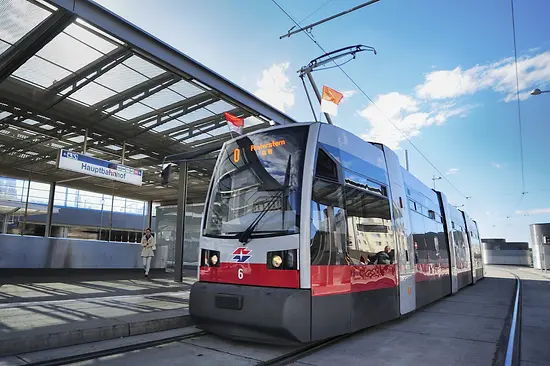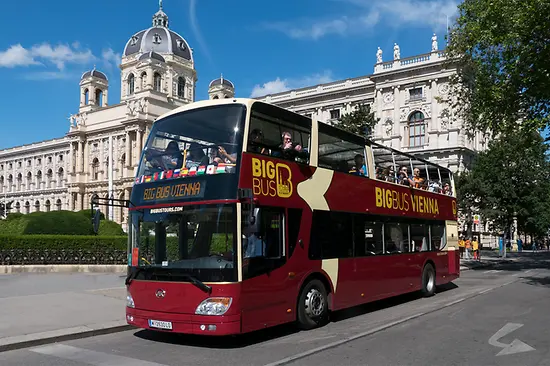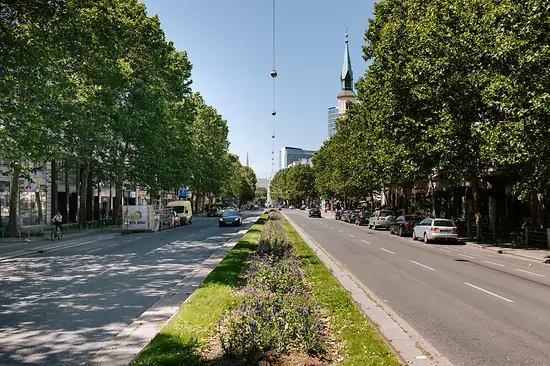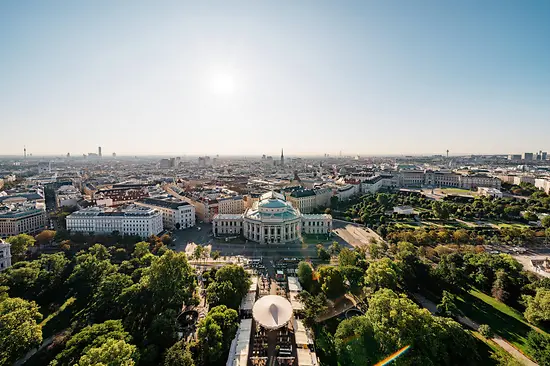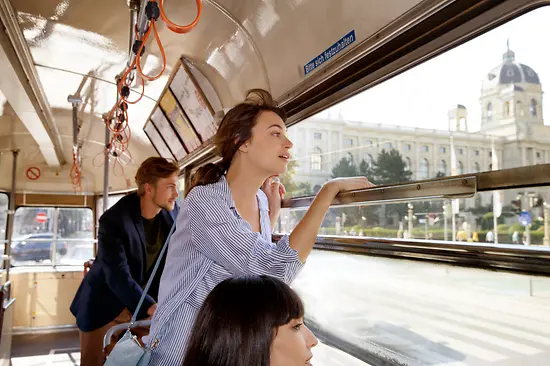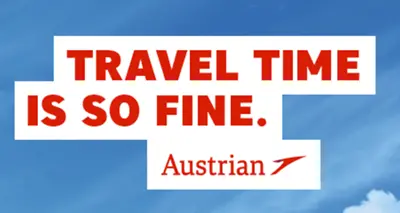Vienna´s public transport: Nifty Network
It shapes the cityscape, everyone has something to say about it, and no one here could imagine life without it: public transportation. It’s the backbone of the city and synonymous with convenient connections, short waiting times and climate-friendly travel. Studies confirm that Vienna's public transportation network is one of the most efficient in the world. Wiener Linien, the operator behind it all, ensures that the city's public transportation system runs smoothly. Five subway lines, 28 tram lines and 131 bus routes get about two million passengers from A to B each day. And that’s before the suburban trains and regional services operated by Austrian Federal Railways (ÖBB) enter the picture.
Vienna's public transportation system gets the city's population and visitors to their destinations quickly, comfortably and safely. There is no need to worry, transportation in Vienna runs like clockwork. Pretty nifty, or "leiwand", as the Viennese like to say. Passenger numbers are growing all the time (a slight pandemic-induced slowdown aside). What people in other cities dream of is an everyday reality in Vienna: the number of regular customers has exceeded car registrations for years. And totals have risen sharply since the launch of the hugely popular EUR 365 annual pass. For ten years now, it has cost just a euro a day to use Vienna's public transportation system. An international flagship, so to speak.
From Horse-Drawn Tramway to Electrification
Once referred to by the Viennese using the English word Tramway, the Strassenbahn to give it its German name (but almost universally called the “Bim” by locals due to the sound of the bell used to warn approaching traffic and pedestrians) has always played a special role in the city. The city has one of the oldest, densest and longest (sixth in the world) tram networks anywhere on the planet. The origins of the tramway, and of public transport in Vienna, date back far into the 19th century. An early horse-drawn streetcar line entered service in the 1840s. After 1865, the number of tramways proliferated, forming the basis of today's network. Vienna's first tramlines carried passengers to and from popular recreation and entertainment areas. And the site of the 1873 Vienna World's Fair was integrated into the existing network thanks to the addition of several new horse-drawn tramway lines. Gradually, the entire system was modernized. The first steam tramways appeared on Vienna’s streets in 1883, followed by electric streetcars in 1897. In fact, trams would remain the mainstay of public transport in the capital until the 1970s, until the dawn of the subway era.
Incidentally, the Viennese subway network celebrated its 45th anniversary in 2023. In 1978, the first section of the U1 line opened between Reumannplatz and Karlsplatz. It’s worth mentioning that the term subway shouldn’t be taken too literally in Vienna: not a single line runs completely underground. In fact, just 50.3% of the network is below ground. Scheduled at very short intervals, Vienna's subway trains can also be used round the clock on Fridays and Saturdays, as well as the nights before public holidays. Unlike in other cities, there’s not a single ticket barrier anywhere in sight. But it goes without saying that riders need to show a valid ticket if there is an inspection!
Climate-Friendly Future
The capital's subway network has continued to grow over the years; the various lines have been gradually extended in all directions to keep up with demand. A major expansion project is currently underway in the city as we speak: the U2xU5 interchange, under which the existing U2 line will be extended, and the U5 will be built from scratch. In 2028, an all-new section of the U2 serving the south of the city will open. And the U5, Vienna's first fully automated subway line, will enter into service in 2026. As an interesting aside: the U5 (often planned, but never realized) will add the missing piece of the puzzle and finally fill the inexplicable gap in the numbering system.
But more importantly, the new capacity will take pressure off some of the city’s busiest routes, while cutting the amount of time it takes to travel around the city. The U2xU5 interchange is the city's biggest climate protection and infrastructure project. With the population of the city expected to hit two million by 2028, expansion of the public transport system will help to underpin tomorrow's quality of life. It also reflects constantly growing demand for multimodal mobility solutions: combined use of different modes of transportation (especially public transportation and bicycle and pedestrian traffic) is a must for the urban space of the future, as societies look for alternatives to private vehicles. Network expansion is one of many climate protection measures implemented by Wiener Linien, or Greener Linien, as some of the network´s activities are called. Other examples include electric buses (which have been a common sight on the city’s streets for years now) and hydrogen buses (currently being tested), while the majority of trams and subway trains are mini power plants (their braking energy is fed back into the grid). And then there’s station and track greening, as well as the installation of photovoltaic systems on top of transport authority buildings.
A Human Face
In addition to actively demonstrating its green credentials, Wiener Linien also takes its social responsibilities very seriously: time and again, the company shares its stance with passengers through messages including "We ride with pride" around Vienna Pride in June, and "Give peace a chance" at the outbreak of the war in Ukraine. It is appreciated for many things, including its sense of humor. Social media platforms (@wienerlinien) are a great source of gems from the world of public transport. And sometimes passengers’ everyday routines are made that little bit more enjoyable by some of the drivers, who are known for their creative and mostly humorous announcements.
In all, 8,700 employees ensure that everyone reaches their destination as quickly and safely as possible. More than one in three of them as subway, tram or bus drivers. Among them is Saskia Rudnicky, a tram driver on ten different routes. Following the outbreak of the pandemic, she made a conscious decision to find a crisis-proof job. The 25-year-old adds, "Some people don't think shift work is so cool, but for me it's just right." For the early shift, which starts at 5am, it means getting up at 2am, "because I live in Lower Austria and like to take time over my breakfast. But I don't mind, as it means I get home early, too." After several months of theoretical and practical training, newcomers are gradually eased into their new roles.
Setting Sun over the Ringstrasse
Saskia works full time. But Wiener Linien also employs lots of part-time subway and tram drivers – an especially welcome opportunity for students. Working at least twelve hours a week, employees don't even have to have a driver's license. Every now and again, a bizarre situation crops up. And Rudnicky has her fair share of tales to tell: "Last year, we were asked to be on the lookout for a person seen running around Vienna naked. I thought I had misheard. However, the person in question was soon found. Every day is a surprise. Or at least different to the previous day."
Being a tram driver calls for quite a bit of concentration. After all, the tracks are shared with emergency vehicles and, unfortunately, with stray cyclists and pedestrians. Cars also get in the way sometimes. But for Rudnicky, the pleasant sides of her job outweigh the bad: "I just really enjoy driving trams. I'm always very happy to get people from A to B." Also thanks to the fantastic backdrop: "I realize how incredibly beautiful Vienna is every time I drive the tram along the Ringstrasse at sunset..."
Text: Maria Schaller
Find out more about Wiener Linien
At the Remise transport museum located in a former tram depot, where historical and modern vehicles and interactive insights await.
Vienna City Card
Standard ticket price: 10€
Savings: 1€
Opening times
- We, 09:00 - 18:00
- Sa, 10:00 - 18:00
- Su, 10:00 - 18:00
- on holidays, 10:00 - 18:00
You can find the current opening hours and closing days at:
www.remise.wien
Accessibility
no steps
Wheelchair accessible restroom available.
Access to all exhibition rooms: no steps.
